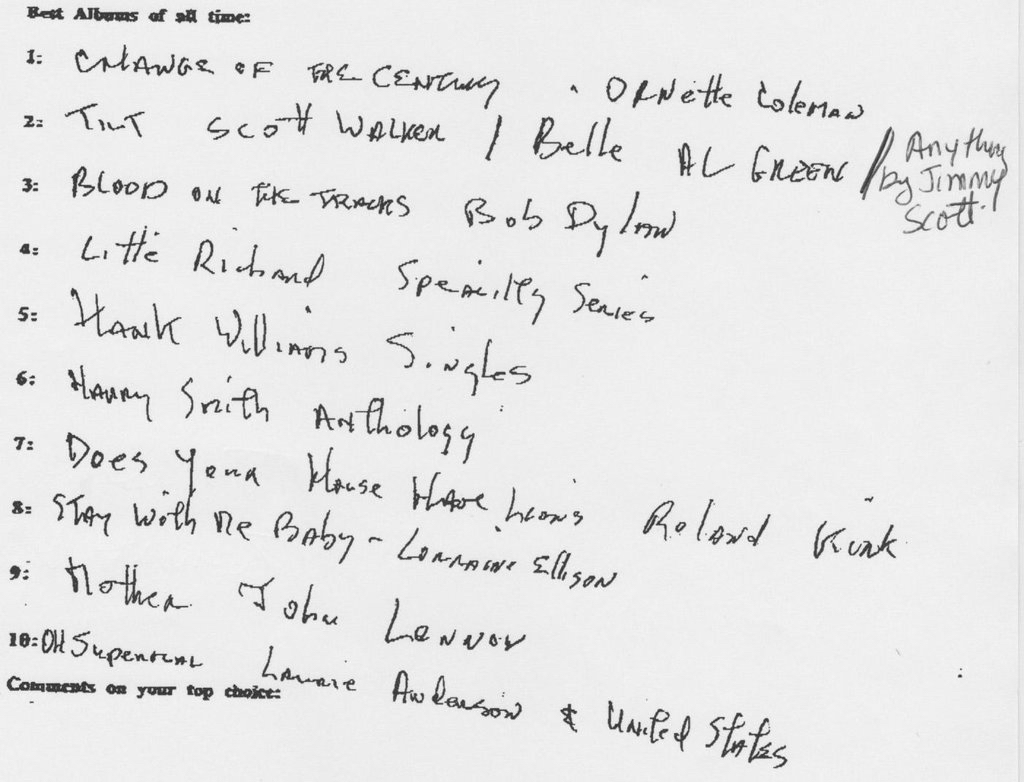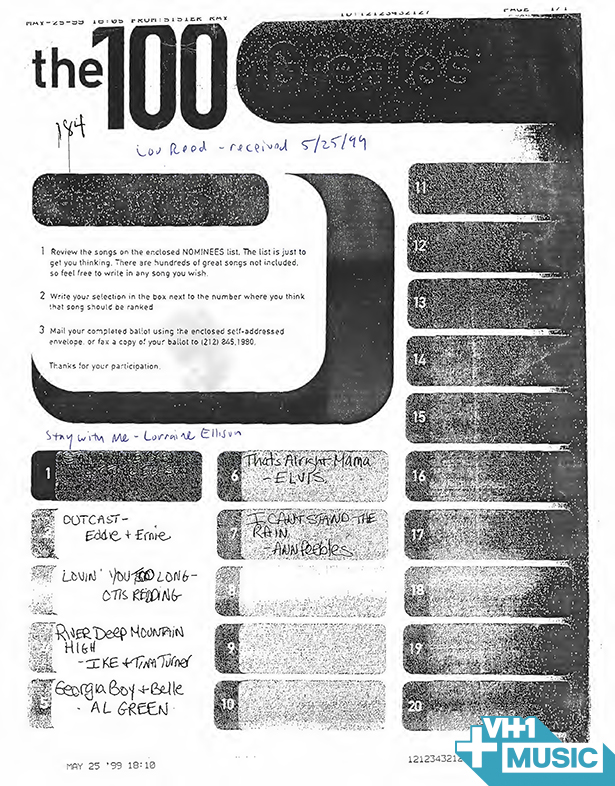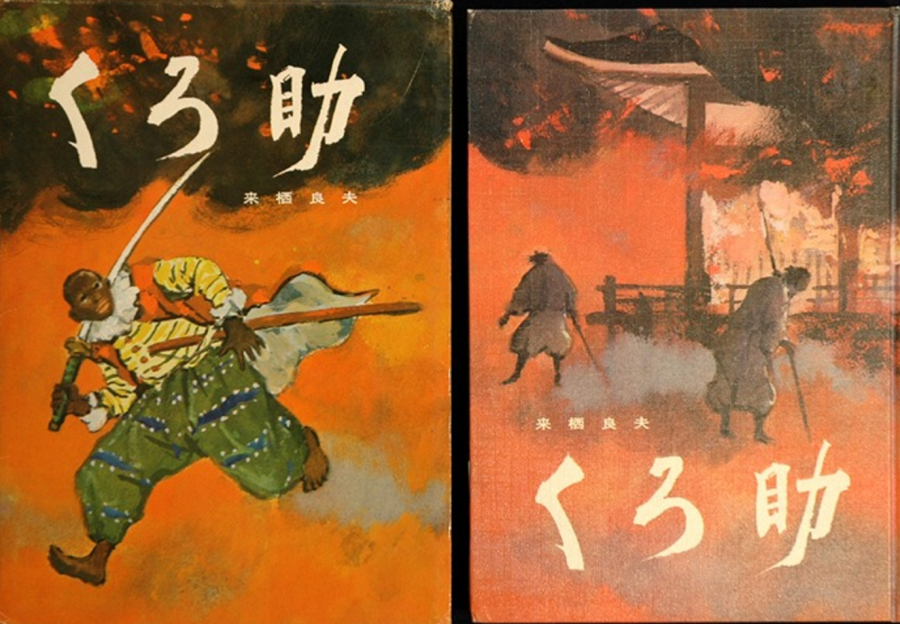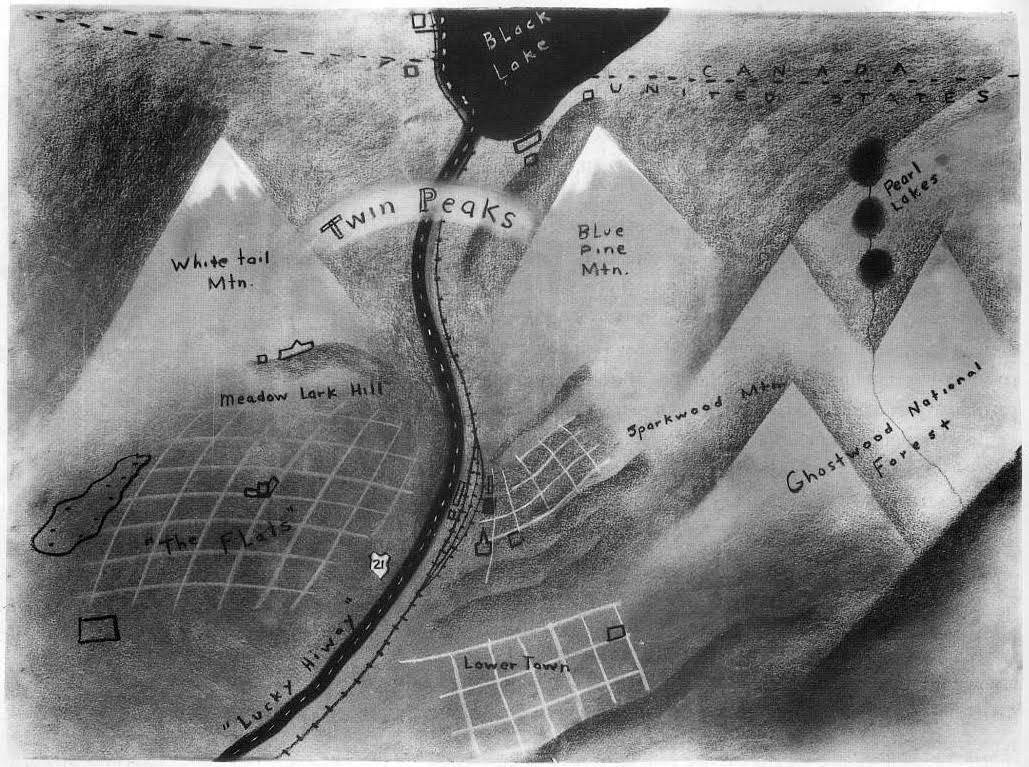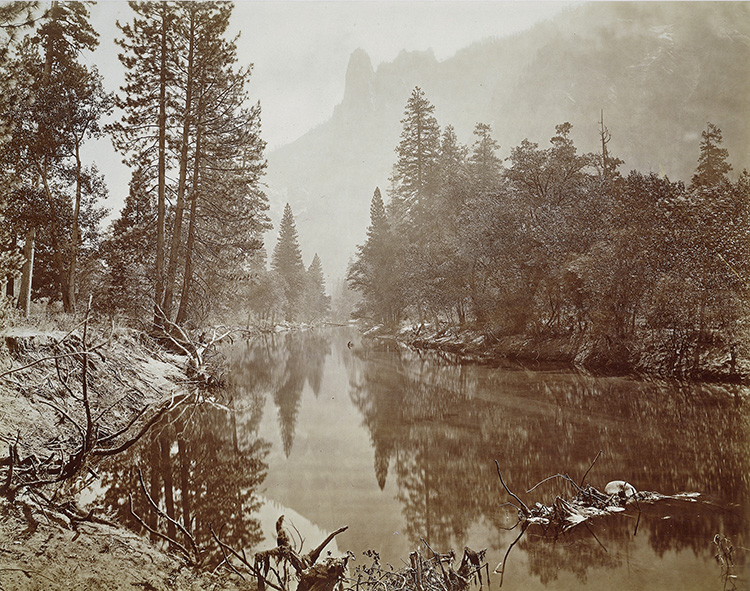
Interested in photography? You’re in the right place. Over the years, we’ve compiled free classes on digital photography, hundreds of photography lectures, courses on photography appreciation, and documentaries on famous greats like Alfred Stieglitz, Diane Arbus, Edward Weston, and Henri Cartier-Bresson. You can learn the history of photography in “five animated minutes,” see the venerable art of tintype recreated, and visit archives from the Soviet Union, the collection of George Eastman, and the work of pioneering motion photographer Eadweard Muybridge (animated in 93 GIFs).
Still not enough? How about a digital library of 2.2 million images from the history of photography? Europeana Collections just launched its “latest thematic collection,” Europeana Photography, which, notes Douglas McCarthy at the site’s blog, “includes images and documents from 50 European institutions in 34 different countries.”
Stunning landscapes like that of Muybridge’s Loya: Valley of the Yosemite, above, and work from other innovators like Julia Margaret Cameron, below, represent highlights of the archive’s digital scans from the first 100 years of photography.
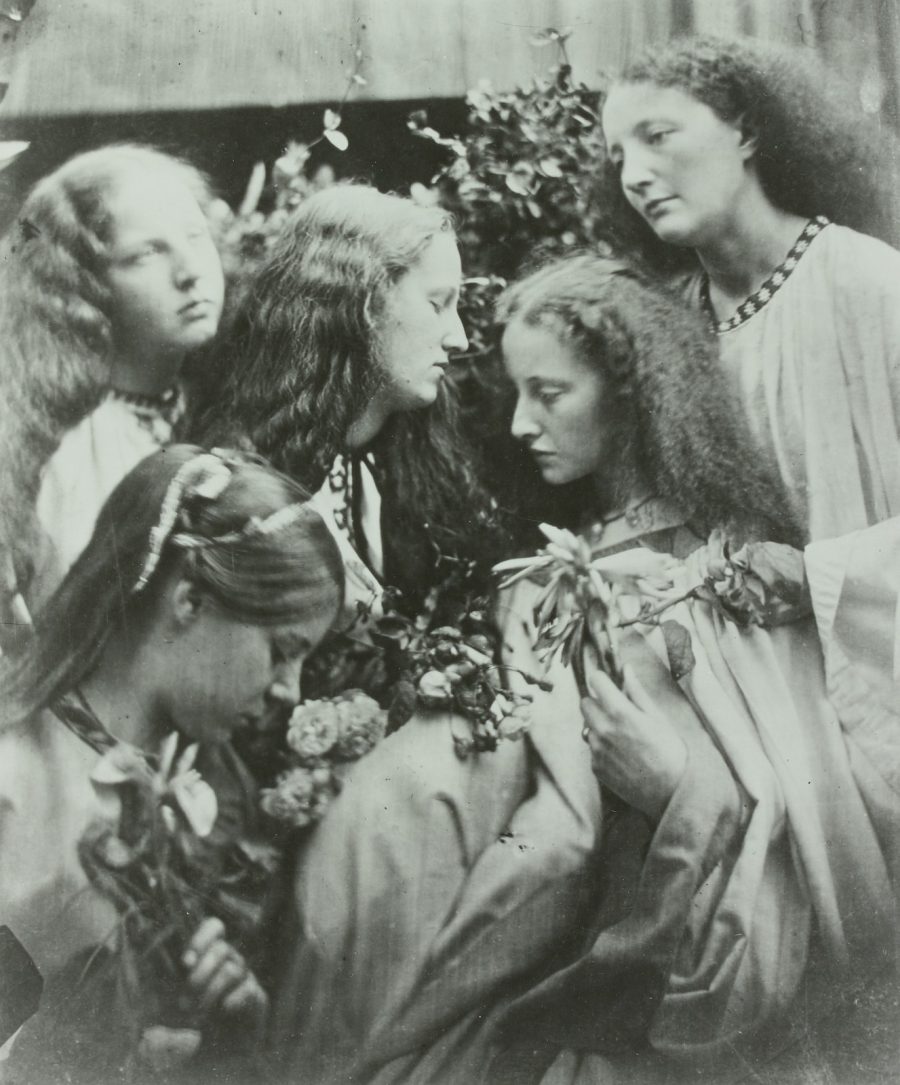
Lilie, 1898–1903. Wilhelm Weimar. Museum für Kunst und Gewerbe Hamburg, CC0
The collection promises, “future exhibitions on specific themes… telling compelling stories with stunning images.” Currently, you’ll find there themed “expositions” like “Industrial Photography in the Machine Age” and “Vintage Postcards of Southeastern Europe,” among others. A gallery on “The Magic Lantern” offers a tour of a pre-cinema entertainment technology. One on photographer Johan Wilhelm Weimar introduces viewers to incredibly striking work from his 1901 Herbarium.
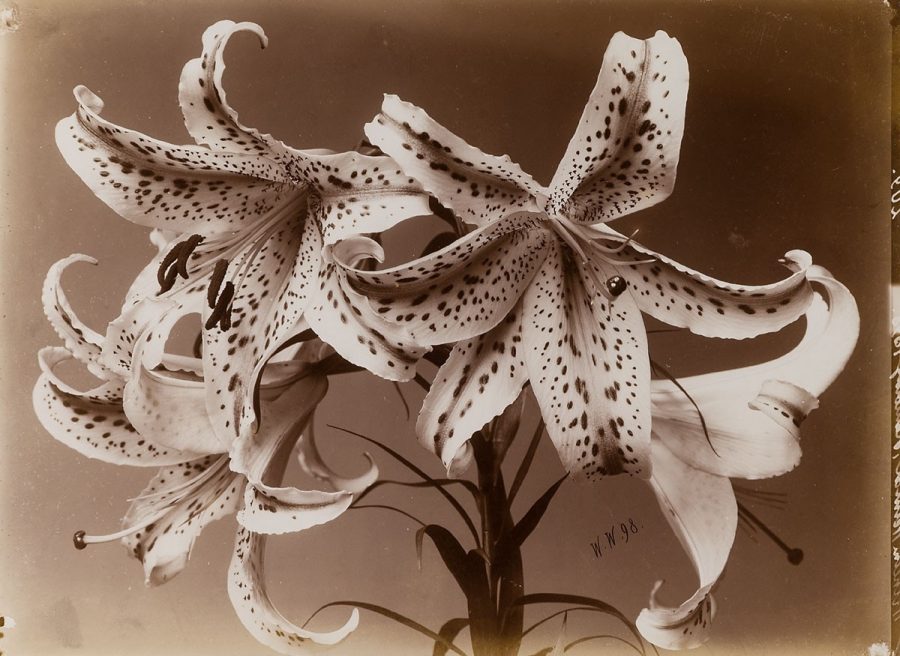
The collection is searchable, downloadable, shareable, and you can choose from 23 different languages, including English. Its mission is international, but also very much built on the idea—some might say political fiction—of a culturally unified Europe, allowing people to “connect with their past, with fellow European citizens, explore remote eras and locations, and better appreciate the value of their continental, national and local cultural heritage.”
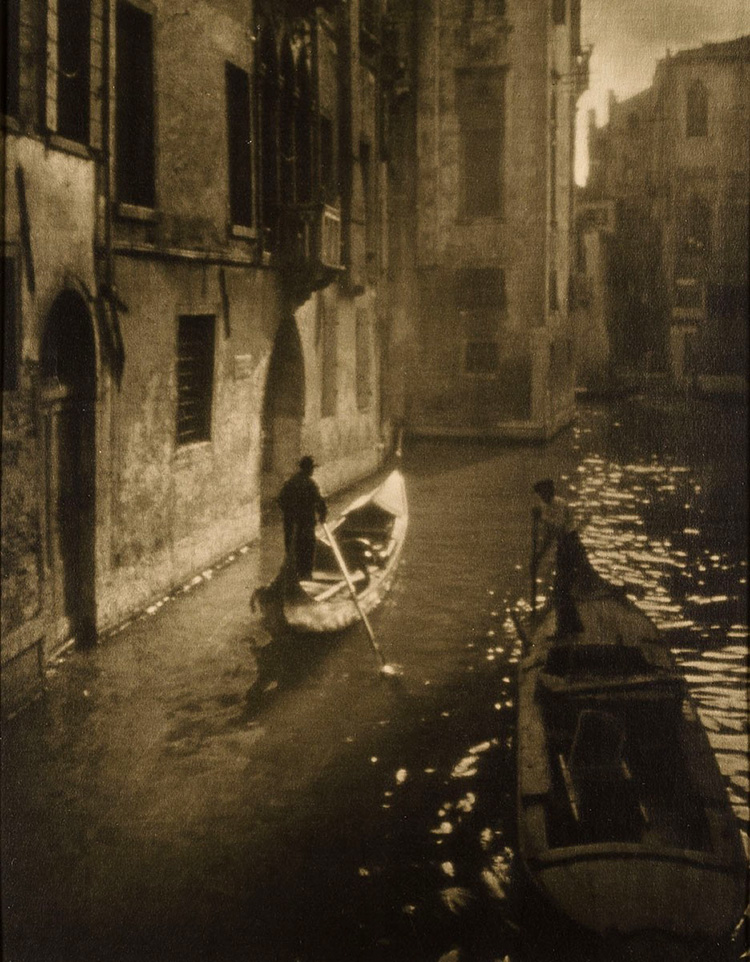
Grand Canal, Venice, 1929. Nicola Perscheid. Museum für Kunst und Gewerbe Hamburg, CC0
Lofty goals, but one need no such larger purpose to simply enjoy casually browsing, and making the kind of odd discoveries one might on a continental walking tour, with no particular destination in mind.
Visit the Europeana Photography archive here.
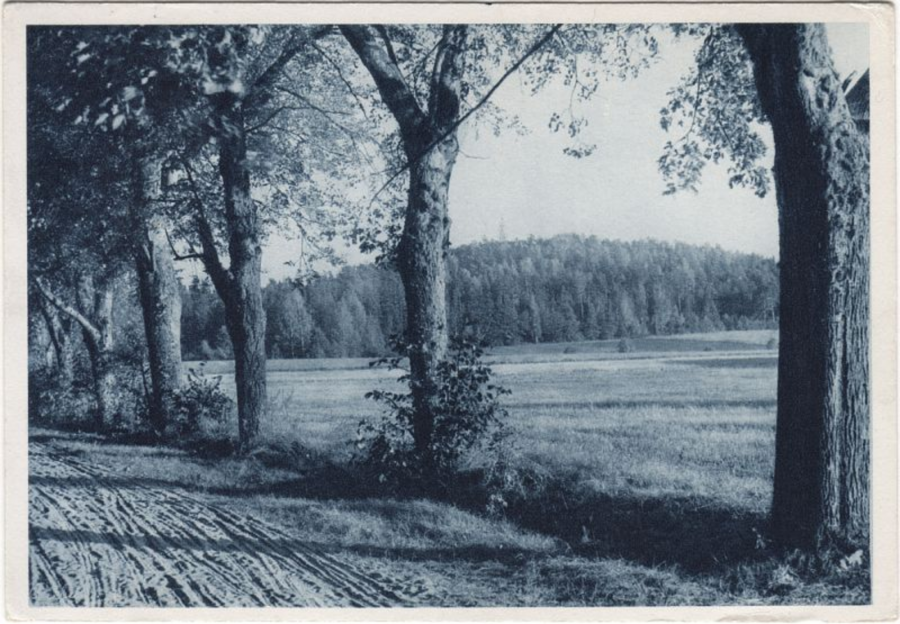
Related Content:
School of Visual Arts Presents 99 Hours of Free Photography Lectures
Josh Jones is a writer and musician based in Durham, NC. Follow him at @jdmagness
